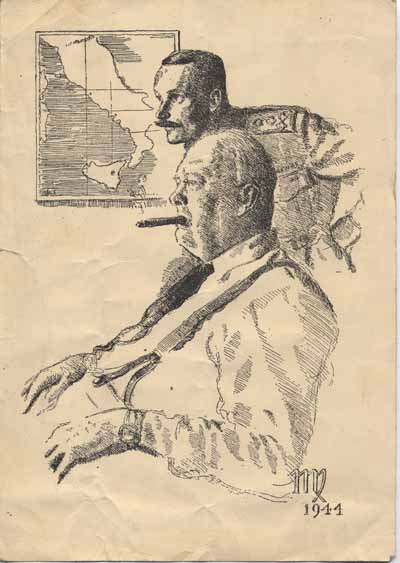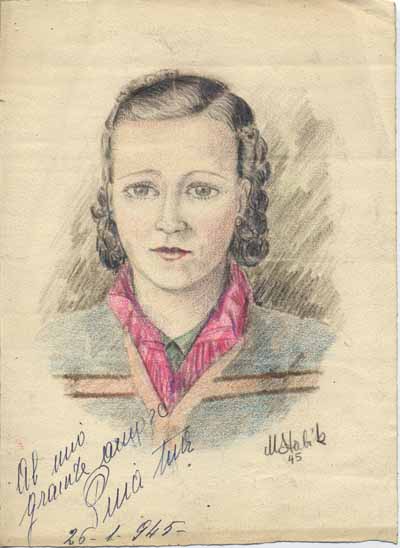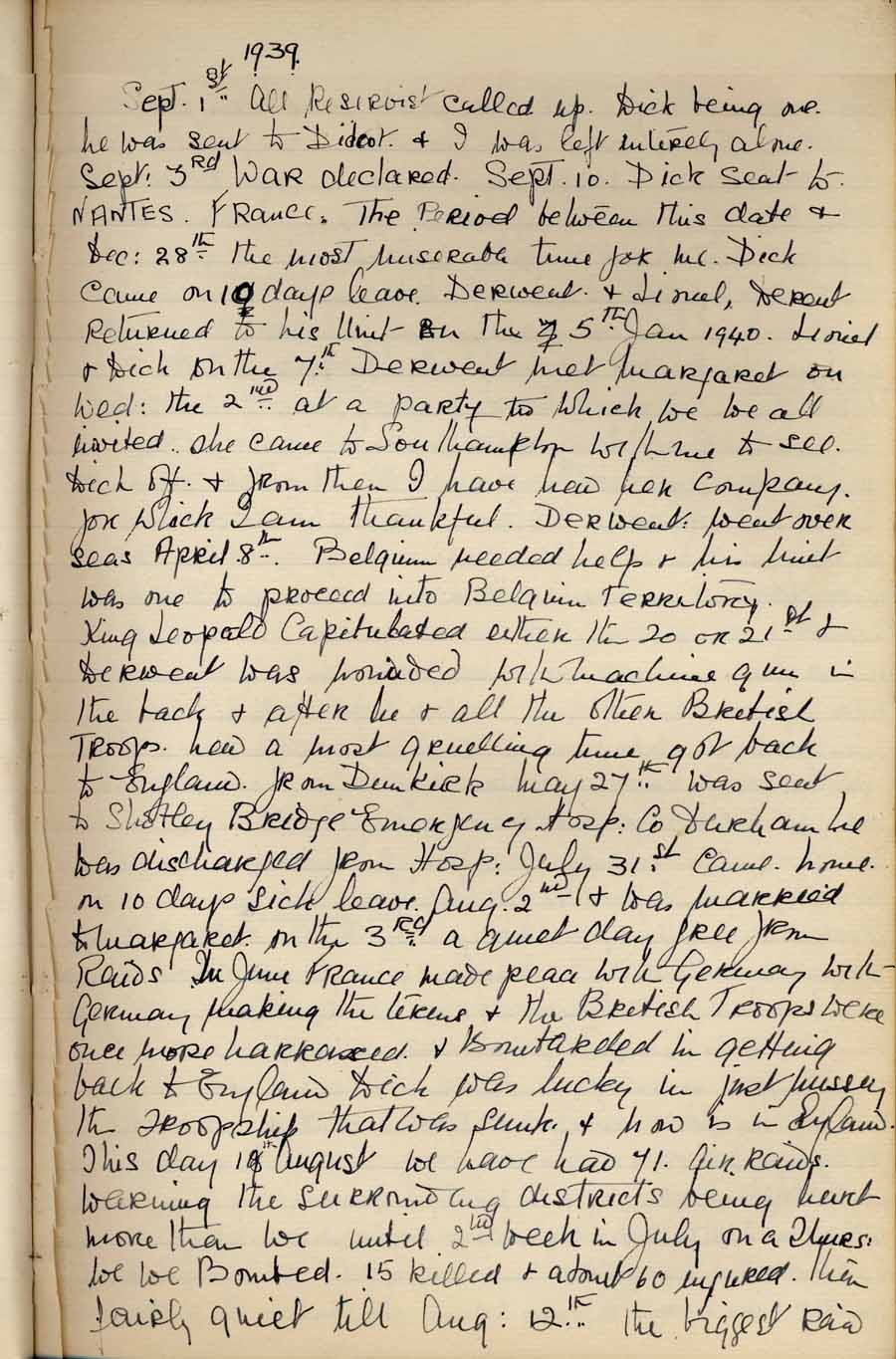What you are about to read are the writings of my grandmother, Ellen Matilda Hanson. They are in a foolscap book, a couple inches thick, bound in leather and with a large brass lock! She appears to have purchased the book in December 1915, shortly after her wedding. Several pages have been cut or torn out, and she does not commence her narrative for another 25 years. After some notes on her wedding (and the dates of some birthdays, etc., of family and friends, she goes on to describe her life between September 1939 and February 1961. In the back of the book were some records of German communiqués in 1940 (here interleaved at the appropriate point in her narrative) and some recipes. Tucked into the front of the book were two sketches. one is of a woman (perhaps Ellen?) signed ‘M Slabik 45’ and has what appears to be a dedication written on it, perhaps in Italian? The other of Churchill and a youthful Brigadier with a map of Italy in the background. This has a monogram ‘M? 1944’, and looks familiar. It would be nice to know more!
She was born in 1893 and grew up in the Kings Worthy area, near Winchester, Hampshire, England. I know nothing of her education, but suspect it was at a fairly basic level. Nevertheless she had a good vocabulary and my recollection (60 years after her death) was of a well spoken woman. She came from an agricultural area and married a soldier during the first world war who eventually retired as a NCO. She had the worry of him serving through the first world war, and what must have been almost unbearable, seeing him go off again, this time with her 3 sons (the youngest only 17 in 1939) to the second. Although ‘working class’ and having worked as a domestic during the second world war, as a child I thought her behaviour rather ‘posh’. Despite living in a little wooden shack and rolling up cigarette ends to save money, she was ‘at home’ every Tuesday afternoon, and people would come and have tea and cake: I was sometimes pressed into service to show visitors ‘the garden’.
Her writing, by contrast, shows many grammatical errors and missing words or parts of words. I considered correcting these, but decided that this would no longer be her authentic ‘voice’. Capitalisation, for instance is at first glance higgledy-piggledy, but then there seems to be a pattern: when something is emotive it seems to gain a capital (Bomb, Shelter, Gunfire, etc.). Much time was consumed identifying initially illegible words, and this was made more difficult by changes in the language since her time. In one case I spent an hour or more wrestling with a word made important by its use to describe a visit to the doctor. Eventually, having scanned it and enhanced it I suddenly realised that it was ‘queer’, and remembered that she used this where now we would say that we were feeling ‘unwell’. Some words remain unresolved and I have shown these, as with all my interventions, in square brackets [illegible]. Where I am uncertain of a word I have inserted [?]. To simplify navigation, I felt it necessary to start new paragraphs when she has dated an entry. Otherwise the text remains as is (I have checked for errors, but it is very difficult proofreading where the ‘correct’ version is full of typos – you can view the manuscript page for yourself by clicking on the small image).
Rather than disrupting the text, I have inserted pop-up notes where I feel the ‘outside’ reader may find supplementary information useful (you may need to enable pop-ups…). Inevitably there are things which I know nothing about but I am hopeful that someone may be able to throw some light on them. They are referenced with ‘Information required ’. Some newspaper clippings were interleaved in the pages and have been scanned in. Other images I have found when trying to footnote references.
Perhaps inevitably the wartime writings are the most attractive. Frustratingly, although she writes for posterity – sometimes addressing ‘readers in the future’ directly – she often chooses not to disclose a matter close to her heart or something ‘confidential’ (despite the book having a lock on it). During the fifties, as she ages, there is a growing sense of depression, despite the pleasure she takes in her large garden and tranquil surroundings. The final page is a shocking climax to this sense of doom.
Peter Turnill, Champrépus, Normandie, 2011


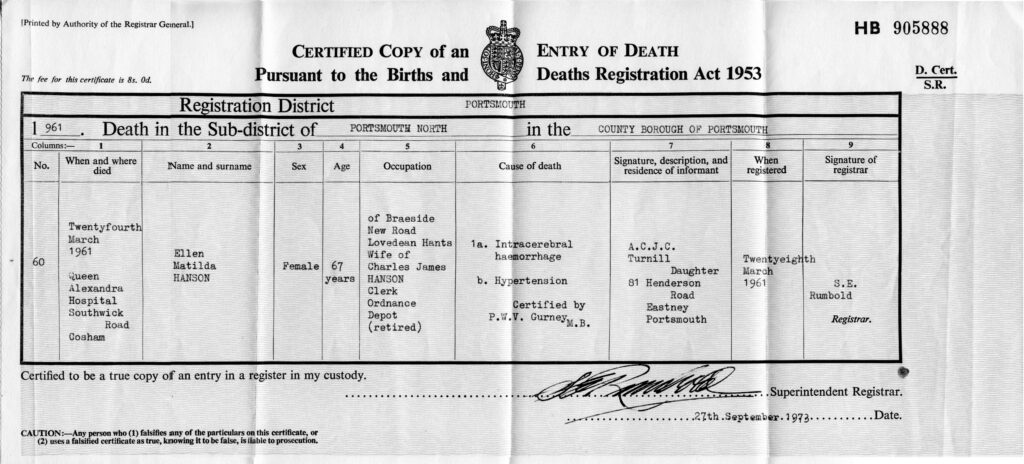
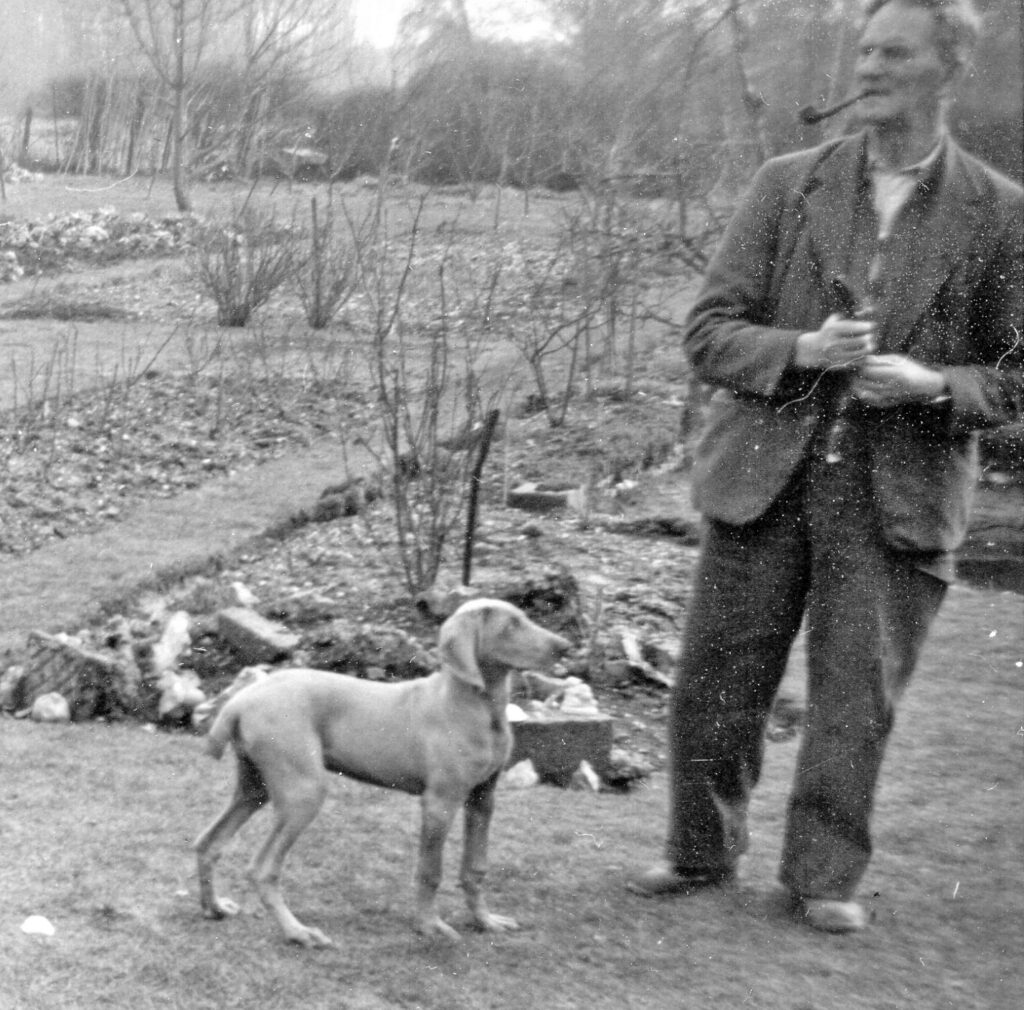
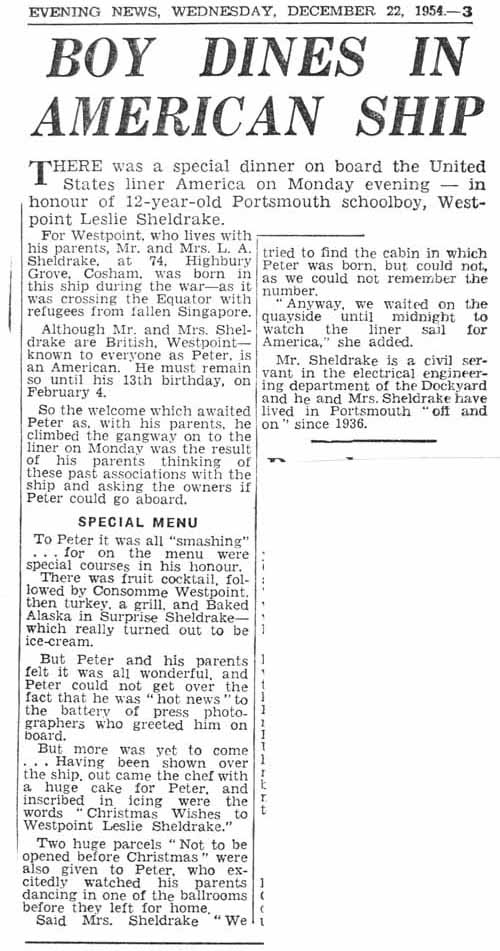
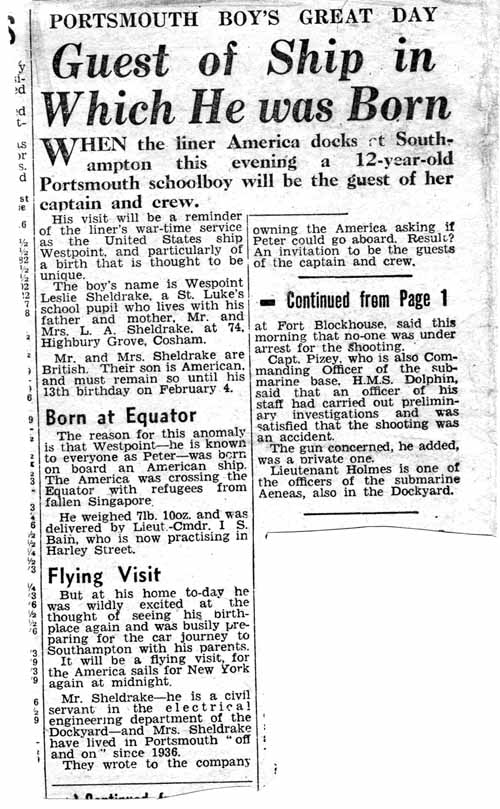
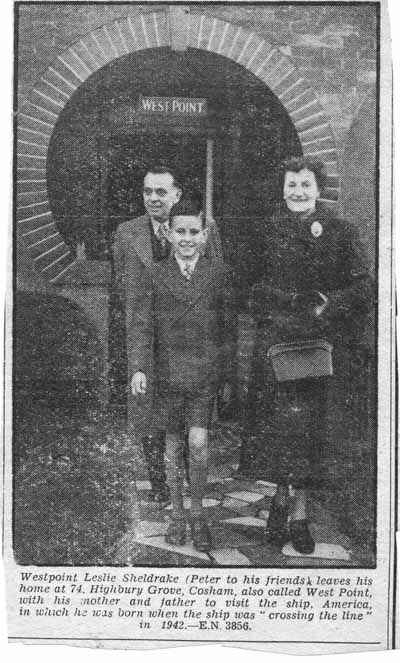
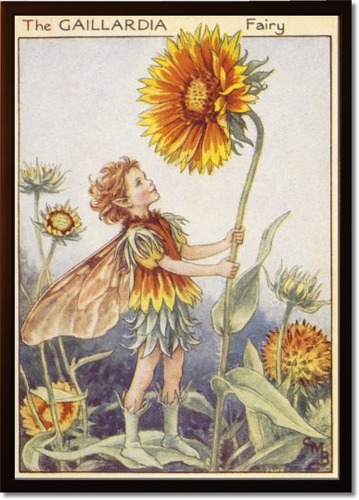
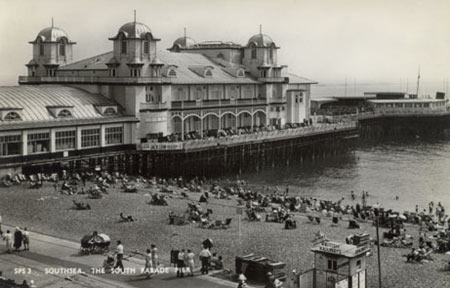
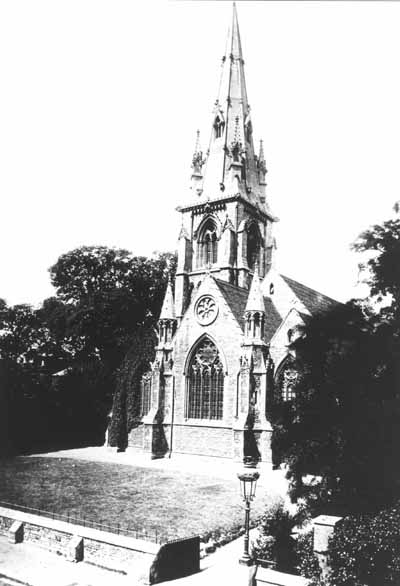
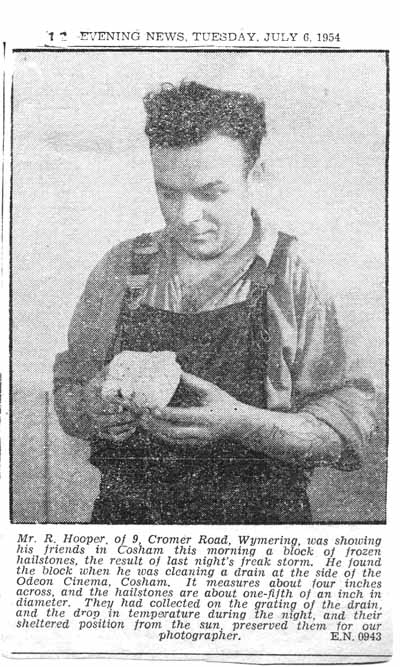
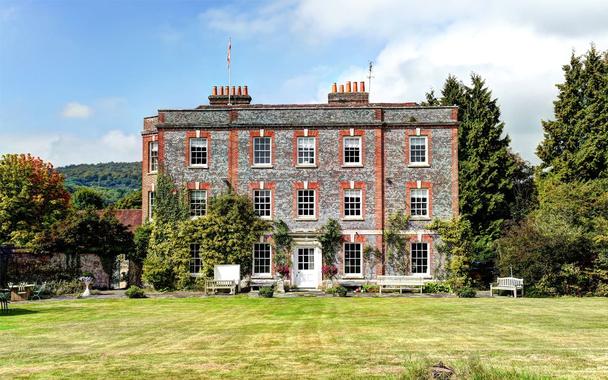
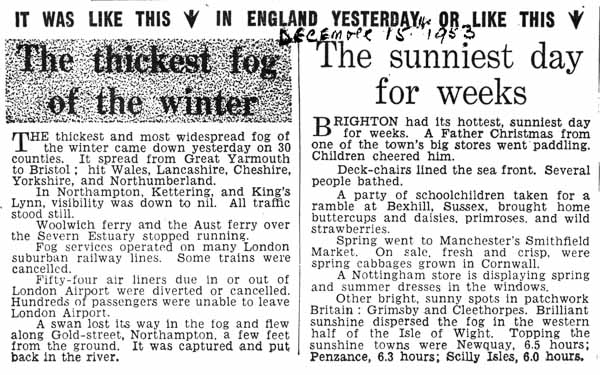
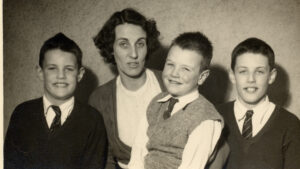
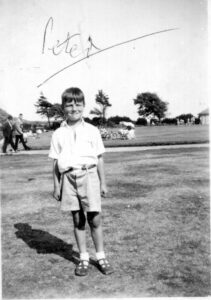 Peter Robert Turnill, third and youngest son of Joan, b 1/5/1947, m 19/10/1971
Peter Robert Turnill, third and youngest son of Joan, b 1/5/1947, m 19/10/1971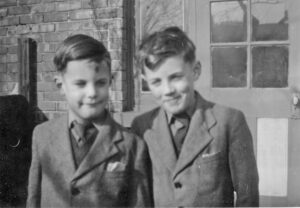
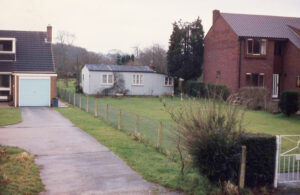 Little more than a shed! The picture shows it in 1982 shortly before we demolished it. The house to the left was built by Joan and occupies half the plot they bought in 1952. They had about 2/3 of an acre of ground.
Little more than a shed! The picture shows it in 1982 shortly before we demolished it. The house to the left was built by Joan and occupies half the plot they bought in 1952. They had about 2/3 of an acre of ground.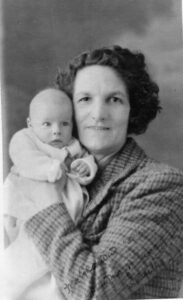 Margaret Ianthe ? ? Hanson, first child of Derwent & Margaret, b ??/??/1942, m ????? d ??/??/2008? Ellen holds Ianthe – taken 1/3/43
Margaret Ianthe ? ? Hanson, first child of Derwent & Margaret, b ??/??/1942, m ????? d ??/??/2008? Ellen holds Ianthe – taken 1/3/43 Richard Brian Turnill, first child of Joan & Victor, b 23/10/1942, d 12/1/1961. Douglas must have got lost somewhere.
Richard Brian Turnill, first child of Joan & Victor, b 23/10/1942, d 12/1/1961. Douglas must have got lost somewhere.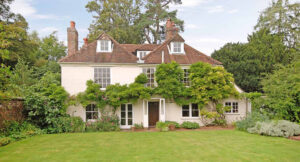
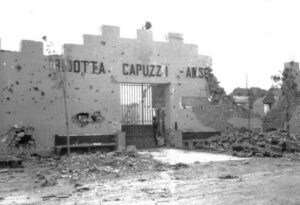 They certainly did …
They certainly did …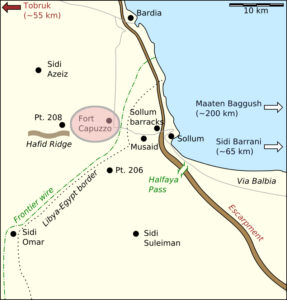
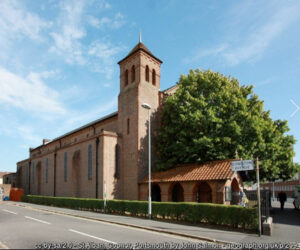
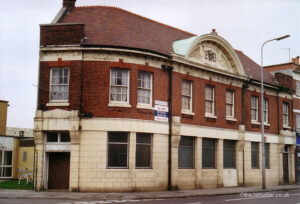
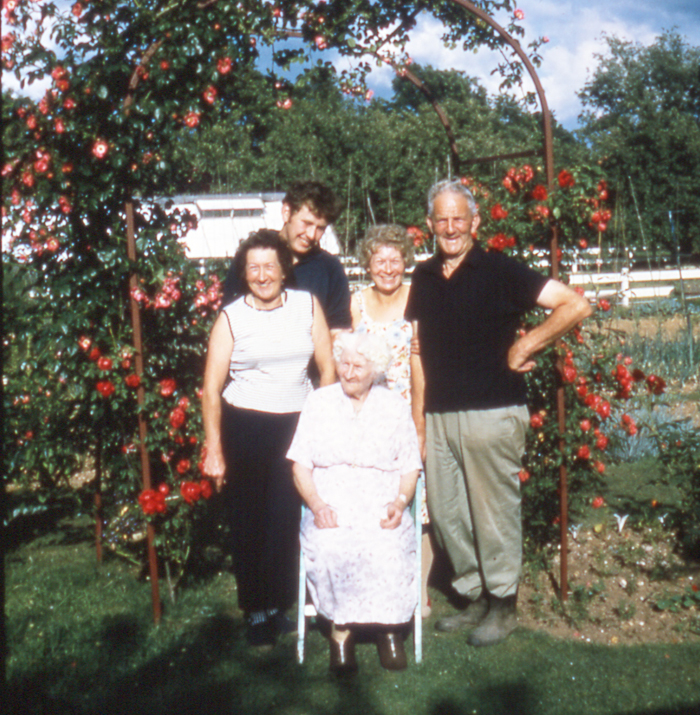
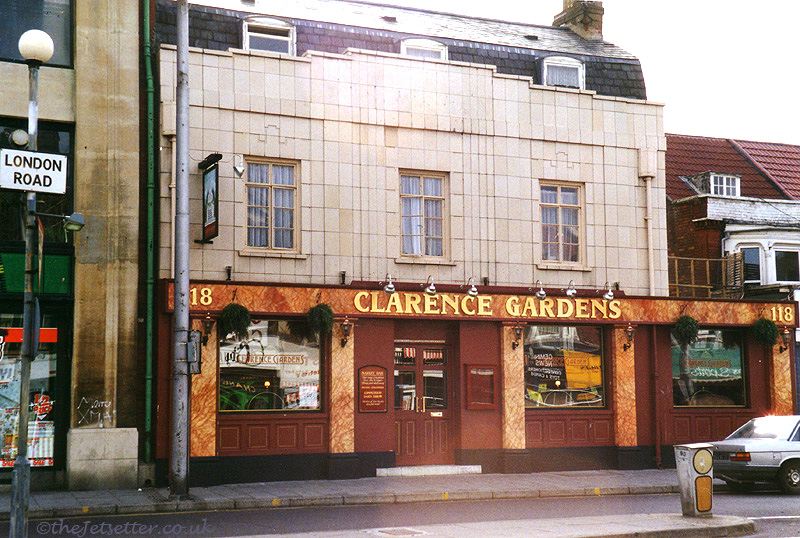
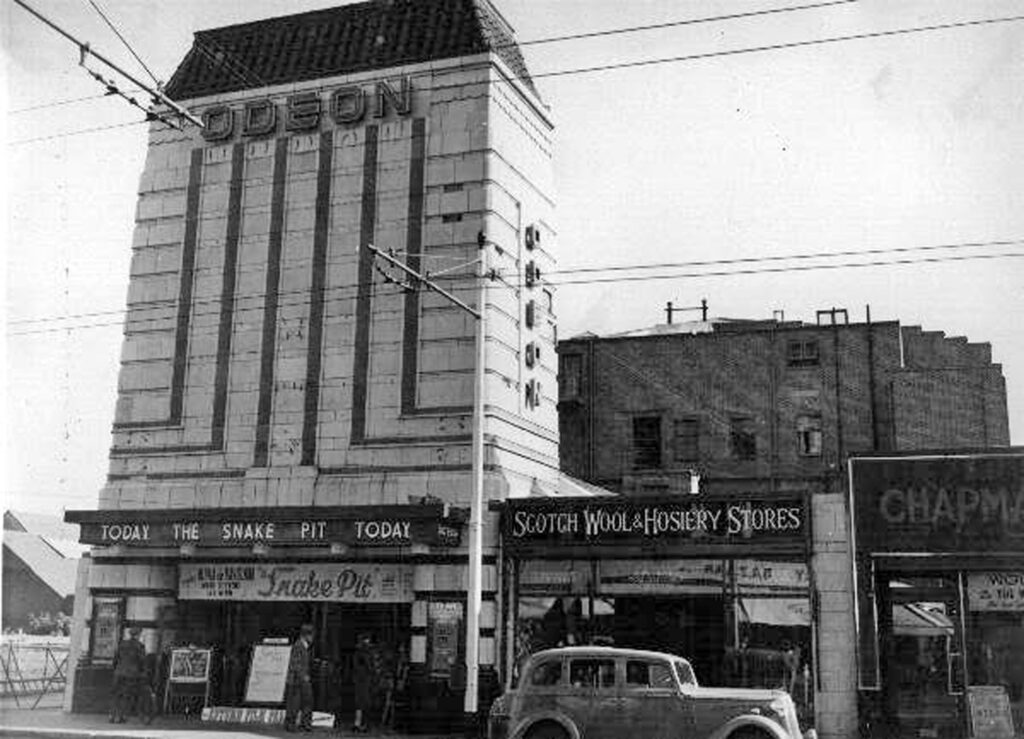

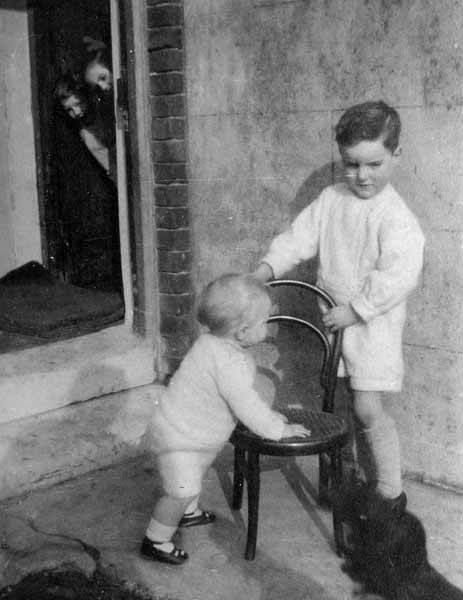 Derwent George Cooper Hanson was their 3rd child, born 8/9/1918, and thus just 21 at the start of the war. Died ??/??/??
Derwent George Cooper Hanson was their 3rd child, born 8/9/1918, and thus just 21 at the start of the war. Died ??/??/??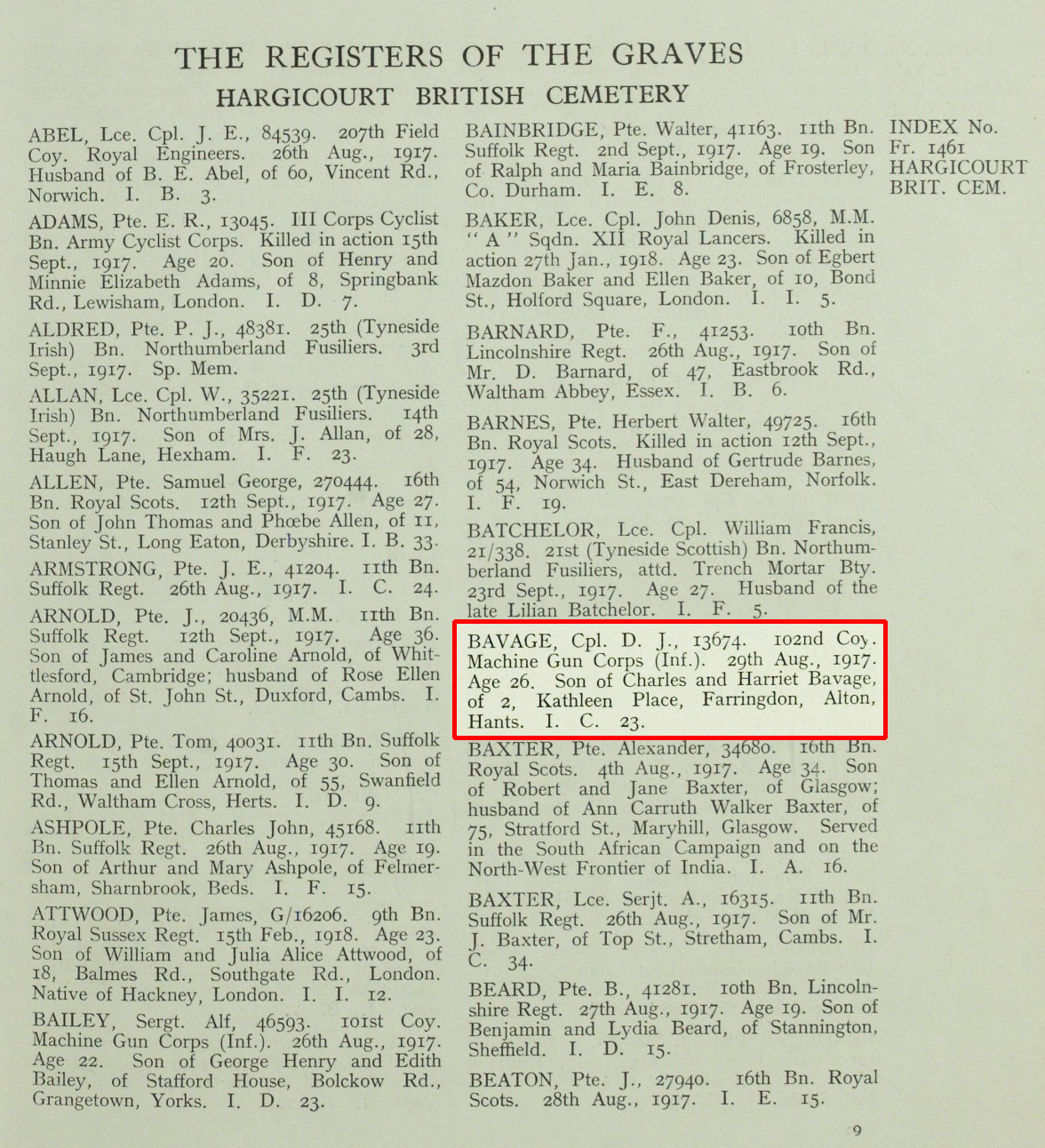
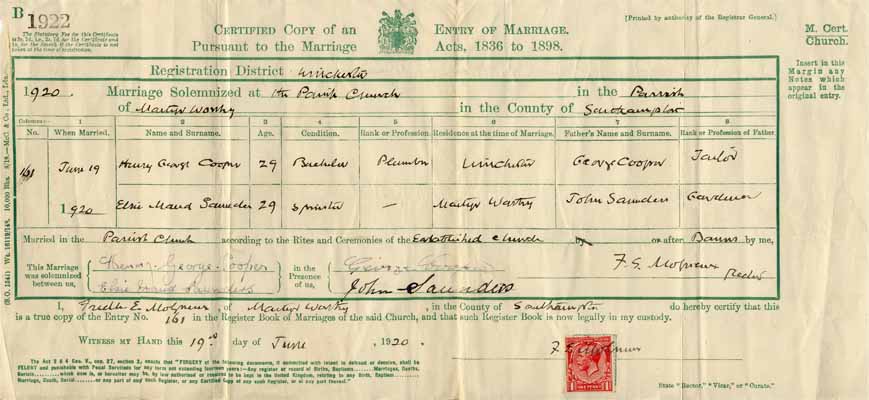
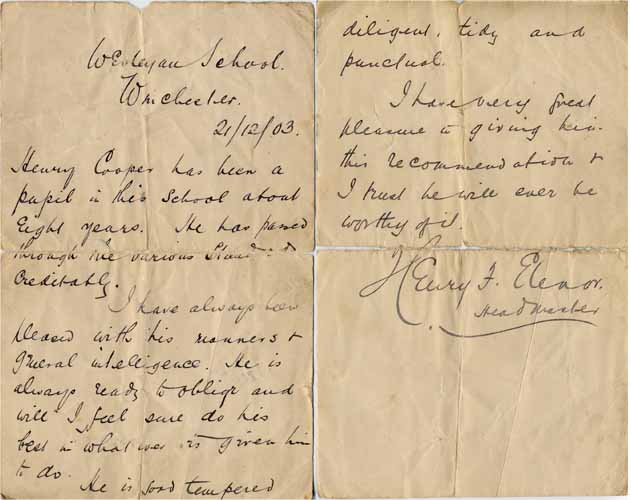
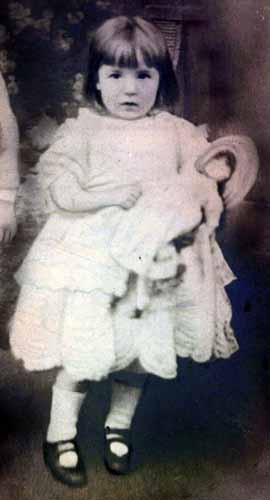
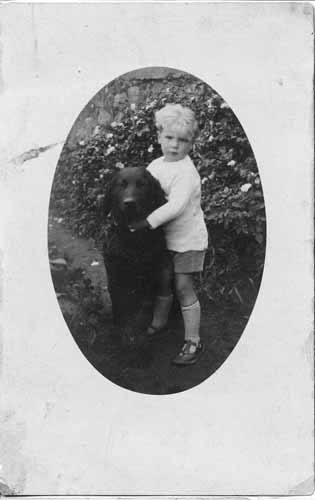
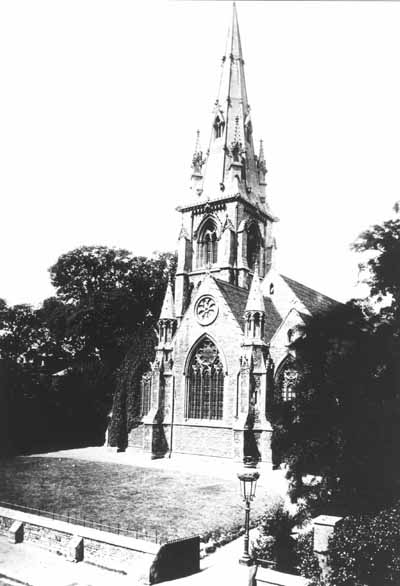
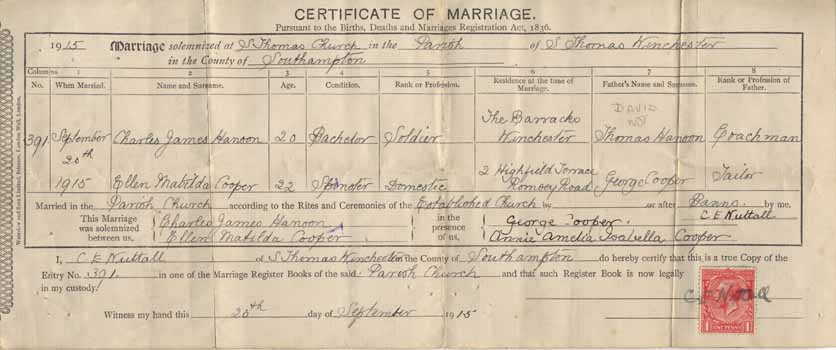
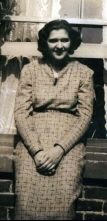 Margaret Williams, born ??????,
Margaret Williams, born ??????,